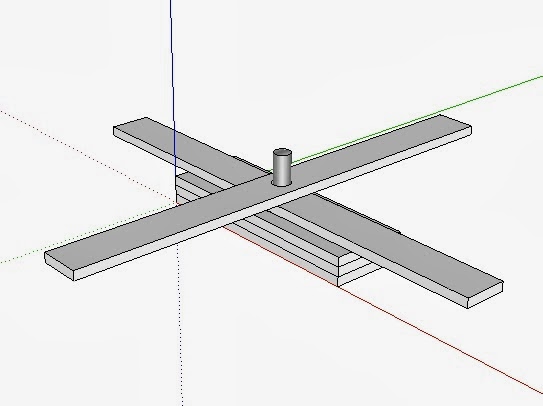How many times have you heard, “Make a mark with a sharp soapstone”? We all know what that means and how to do it. But, try to find a reference to it on the web. To me, this seems to be a typical example of simple techniques which seem too mundane to document.
In actual practice I usually don't bother to sharpen soapstone and just use it in approximate marking situations. If I want a sharper, more accurate mark, I use a presto pen or a chisel mark line, a punch mark or a scribed line. Sometimes a silver pencil or silver Sharpie works if I can lay a hand of one of them.
Soapstone is cheap, so there are lots of pieces here and there in the shop. If I can’t find a piece in my pocket I probably can find a piece within 10 feet. It isn’t messy. It is heat resistant, and remarkably strong compared to silver and graphite pencils.
Some soapstone links:
Long article - soapstone at the very end:



















































